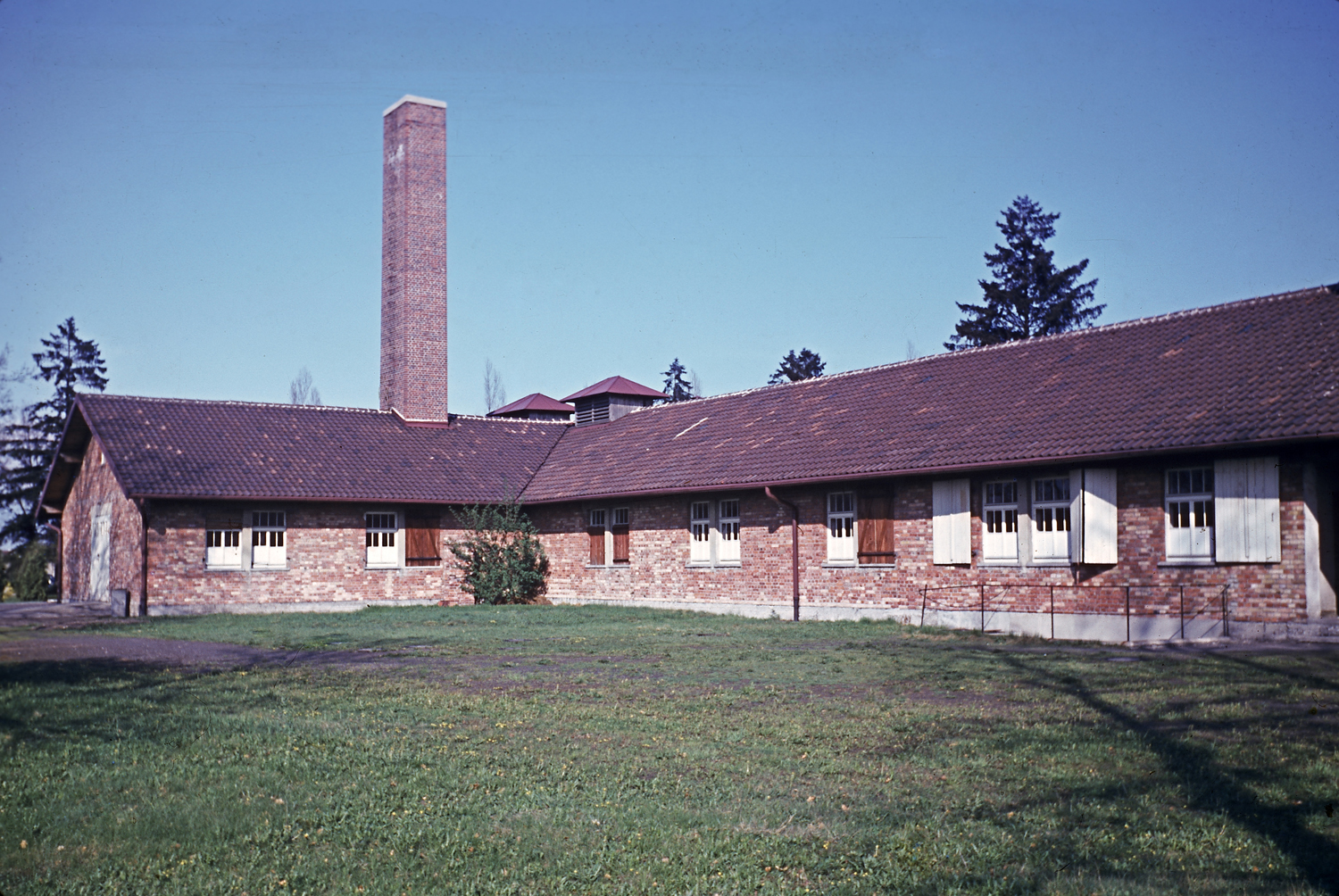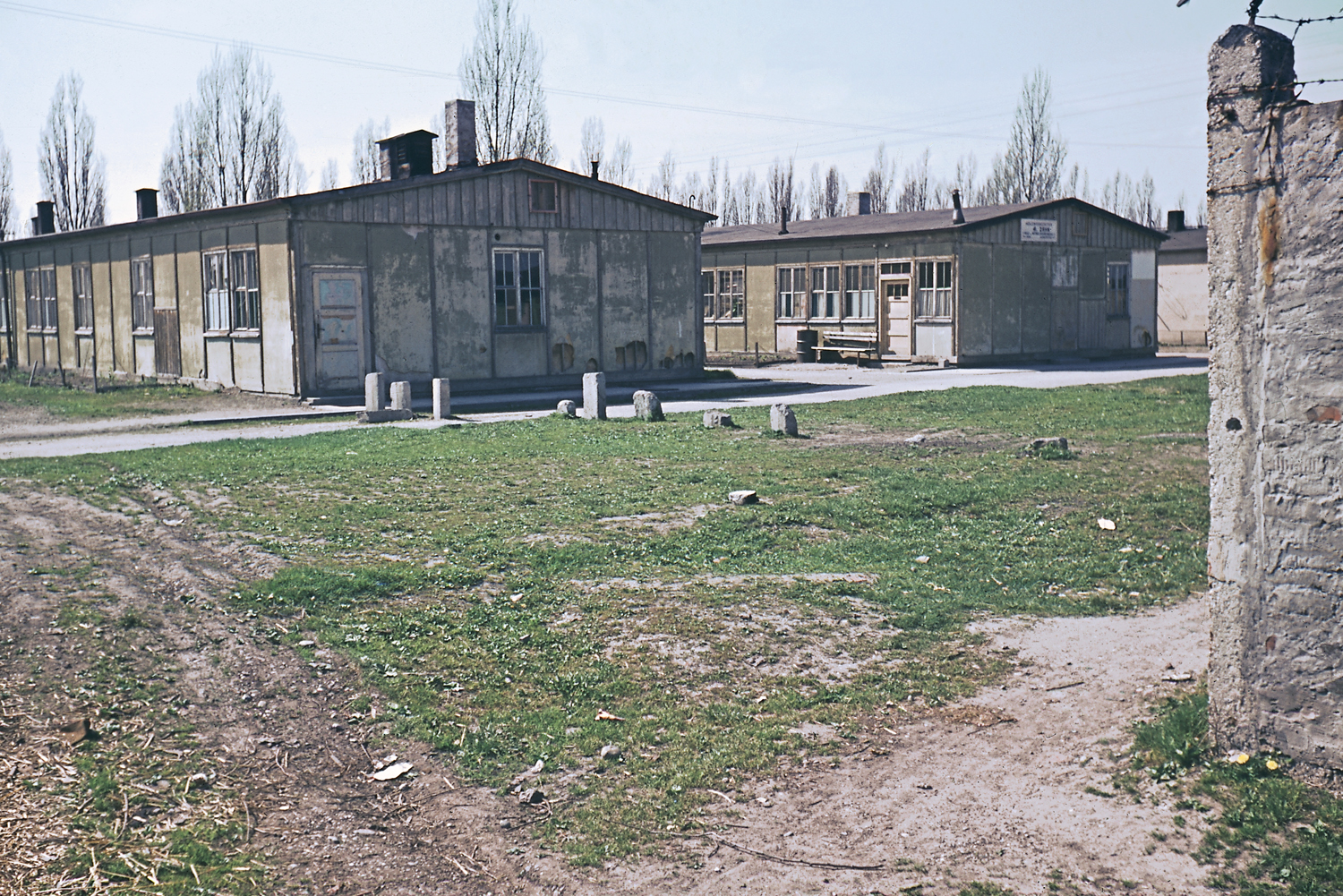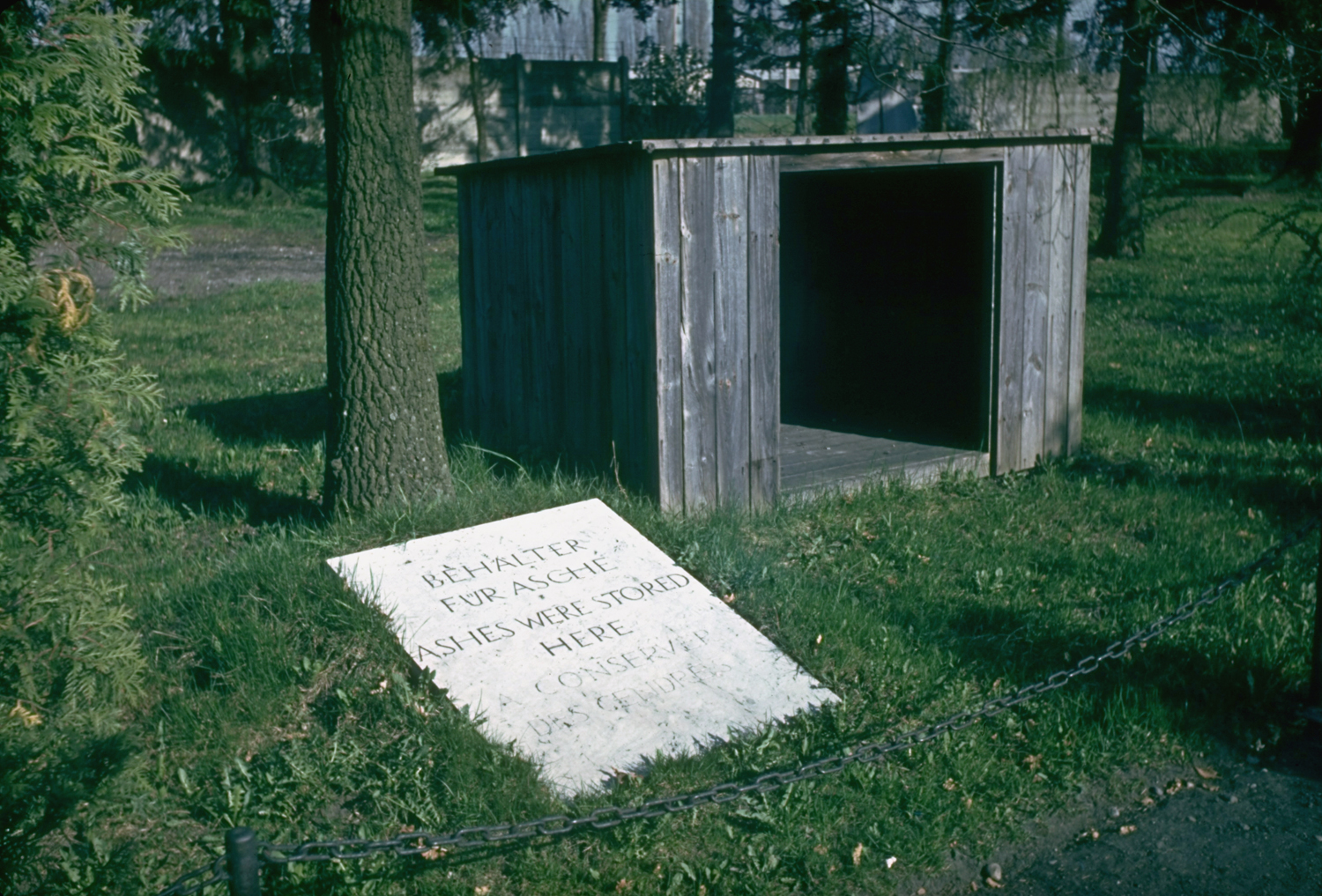
It’s a semi-mystery that’s over eight decades long: who set fire to the Reichstag, the German parliament, on Feb. 27, 1933?
As described in the Mar. 6, 1933, issue of TIME, the arson came amid “a campaign of unparalleled violence and bitterness” by then-Chancellor Adolf Hitler, in advance of an approaching German election, and it turned a building that was “as famous through Germany as is the dome of the Capitol in Washington among U. S. citizens” into “a glowing hodge-podge of incandescent girders.”
Marinus van der Lubbe, an unemployed Dutch bricklayer linked to the Communist party, was tried and executed for the crime the following year, but even then TIME questioned whether the Nazis who held him responsible were also the ones who had paid him to set the fire, “promising to save his neck by a Presidential reprieve and to reward him handsomely for hiding their identity and taking the whole blame in court.”
In 1981, a West Berlin court declared that the trial had been “a miscarriage of justice,” though they stopped short of saying that he had been innocent. In 2001, evidence emerged that the conspiracy theory had been right along, with historians announcing that the Nazis had been the ones responsible for the fire, though even then others disagreed — and, as recently as 2014, the United States Holocaust Memorial Museum noted that “the origins of the fire are still unclear.”
But, while van der Lubbe’s life still hung in the balance, reporting on the aftermath of the fire made clear that, whoever set the spark, the aftermath had already been determined by Nazi powers, in their own favor. Here’s how TIME summed it up just a week after the original report on the fire:
Before German Democracy could thus be downed this week, the Hitler Cabinet had to launch last week a juggernaut of super-suppressive measures & decrees for which they needed an excuse. What excuse could be better than the colossal act of arson which had just sent a $1,500,000 fire roaring through the Reichstag Building […] gutting completely the brown oak Reichstag Chamber and ruining its great dome of gilded copper and glass.
The Reichstag fire was set by Communists, police promptly charged. Over a nationwide radio hookup the Minister of Interior for Prussia, blustering Nazi Captain Hermann Wilhelm Göring, cried: “The Reichstag fire was to have been the signal for the outbreak of civil war! … The Communists had in readiness ‘terror squads’ of 200 each … These were to commit their dastardly acts disguised as units of our own Nazi Storm Troops and the Stahlhelm … The women and children of high Government officials were to have been kidnapped as hostages and used in the civil war as ‘living shields’!…
“The Communists had organized to poison food … and burn down granaries throughout the Reich … They planned to use every kind of weapon—even hot water, knives and forks and boiling oil!…
“From all these horrors we have saved the Fatherland! We want to state clearly that the measures taken are not a mere defense against Communism. Ours is a fight to the finish until Communism has been absolutely uprooted in Germany!”
The “juggernaut” of new decrees included increasing the weaponry provided to Nazi troops (despite violation of the Treaty of Versailles) and the transfer of the majority of state powers from President Paul von Hindenburg to Hitler and his cabinet. Rights ensured by the German constitution were suspended, and a gag rule was placed on foreign journalists within the country, with severe punishments for violation. The German government was moved from Berlin to Potsdam. Within the month, TIME reported that nearly all of the country’s leading Communists and Socialists were in jail. By April, Nazis were using the threat of another fire to ensure the passage of the Enabling Act, which solidified Hitler’s place as dictatorial leader for years to come.
Whether Nazi involvement in the Reichstag fire was direct or indirect or, improbably, nonexistent, the result was the same.
Ghosts in the Sun: Hitler's Personal Photographer at Dachau, 1950














More Must-Reads From TIME
- The 100 Most Influential People of 2024
- The Revolution of Yulia Navalnaya
- 6 Compliments That Land Every Time
- What's the Deal With the Bitcoin Halving?
- If You're Dating Right Now , You're Brave: Column
- The AI That Could Heal a Divided Internet
- Fallout Is a Brilliant Model for the Future of Video Game Adaptations
- Want Weekly Recs on What to Watch, Read, and More? Sign Up for Worth Your Time
Write to Lily Rothman at lily.rothman@time.com